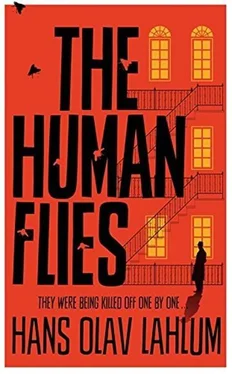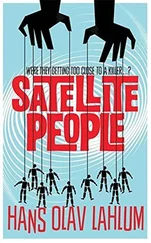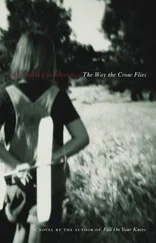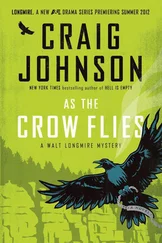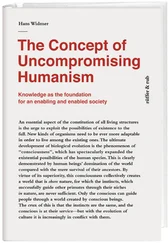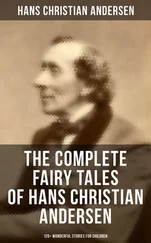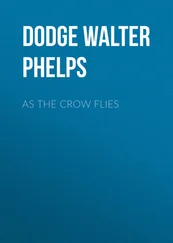The bank where Harald Olesen kept his account was closed. During a search of his flat, however, several documents had been found that answered most of the questions I would have asked of the bank. Olesen had apparently been a very organized person. Statements from the past five years were in a file in one of the desk drawers. These confirmed that Harald Olesen had died a rich man. The most recent statement was from March 1968 and showed a balance of just over a million kroner. What was more striking, however, was that the statements from 1966 and the first part of 1967 showed even greater wealth. Over the past six months, the sum in Harald Olesen’s account had fallen by at least 250,000 kroner, even though his civil service pension should have been more than enough to cover the outgoings of a widowed pensioner. And the strange thing was that there were no documents in the drawer that could shed any light on where this money had gone. The sum appeared to have been paid out in three large cash withdrawals. Harald Olesen had initially taken out 100,000 kroner in October 1967, then 100,000 in February 1968 and a further 50,000 one month later.
I immediately envisaged two possibilities. Either Olesen had started to bet or make risky investments in his old age or he had paid out a large amount to one or several people. The latter seemed to be more likely, and it then was natural to assume that the murder may in some way be linked to blackmail.
It was frustrating to feel that the investigation was receiving ever more important information while I was no further forward. However, it was now the back of half past ten and time to solve the only mystery that I could guarantee would be cleared up today, which was what Professor Director Ragnar Borchmann had to offer that would help to solve the murder of Harald Olesen. I pondered this as I drove to 104-8 Erling Skjalgsson’s Street, without making much headway there either.
At well over six foot and close to twenty stone, Ragnar Borchmann was quite literally one of the most imposing characters I had met. But it was his personality and intellectual capacity that were most imposing. Ragnar Borchmann was the only son of a consul and director from one of Oslo’s most well-known families. He had inherited his father’s business empire, but ran it more or less as a hobby. His working hours were spent as a professor of economics, and he had a long list of books on his CV and an exemplary reputation. At the age of sixty-four, Professor Director Ragnar Borchmann was now, I dare say, one of the richest men in Oslo and one of the most admired intellectuals in Norway.
But Ragnar Borchmann had carried a great sorrow for many years. I first heard about this when I was ten. One Saturday evening, in sheer delight at the end of the war, he and his wife sat up late with myself and my parents. Both guests showed a touching interest in me, my schooling and future opportunities in life. Before I went to bed that night, my father said to me: ‘There are many things that I may envy about Ragnar Borchmann, but still I am the richer man. Because I have you.’ In his early twenties, Ragnar Borchmann had married a girl from a very good family who was also at the start of a promising academic career. The couple always appeared to be happy and harmonious, but they remained childless. A sorrow settled on them, which seemed to weigh more heavily on him. By 1948, Ragnar Borchmann was forty-four years old and had amassed an impressive legacy of books, property and money, but he did not have an heir, and it seemed had no prospect of getting one.
My childhood was spent in a decidedly upper-class home where strong emotions were seldom displayed in public. I can only remember seeing Mother and Father cry on one occasion – and then it was with tears of joy. One day in July 1949 I came home from school to the news that the forty-three-year-old Mrs Caroline Borchmann was expecting a baby. It was only then that I understood how heavily their childlessness had weighed on the Borchmanns and their immediate circle. I have never seen joy and anticipation emanate more than it did from the middle-aged couple that summer. I went to their daughter’s christening together with my parents in January 1950, as did around 250 other ‘close friends’ from the capital’s cultural, financial and intellectual elite. It was jokingly said that Oslo had never seen the like since the crown prince’s christening in 1937, but then that also seemed fitting, as we were, after all, talking about an emperor’s daughter. Choosing a name for their only child was obviously no easy task for two parents with such illustrious names on both sides. In the end, they settled on Patricia Louise Isabelle Elizabeth Borchmann.
‘The Borchmann girl’ had been reading books from the age of four, if my parents were to be believed. She was eight when she read her first Ibsen play. At the age of ten, she appeared on the front page of one of the national newspapers, without wishing to do so, under the headline ‘Super-Intelligent Director’s Daughter Challenges Single-Stream Comprehensive Schools’. The problem was that the school principal, with backing from the Ministry of Education, would only agree to move her up one year, whereas her parents and the teachers believed that jumping three would be more valuable. The following year, Patricia Louise I. E. Borchmann appeared in the newspapers again, but this time on the sports pages, under headlines that ventured ‘The New Sonja Henie?’ The reports also mentioned that she was one of the nation’s rising stars in shooting, having achieved several high scores in the national youth championships.
One winter day in 1963, my mother and I met Patricia Louise and her parents on our way home from the skating rink. Professor Borchmann dominated the conversation, as always. However, in the course of his analysis of the day’s news – the future of the new Gerhardsen government following the Kings Bay Affair – the impossible occurred. Not only was he corrected in his review of the facts, he was also challenged in his analysis. And what was even more astonishing was that he took it with good humour, admitted his mistakes and even patted his critic happily on the head several times. This made a deep impression on my mother and me. ‘We’ll be hearing more about that girl,’ my mother said, as we watched them continue on their way.
Unfortunately, I only remember the episode and my mother’s words in light of the tragedy that would colour it forever. That was the last time that we saw Mrs Borchmann alive, and Patricia was never to skate again. A few days later, one of the Borchmann cars skidded on the black winter ice at a crossroads, resulting in a full-frontal collision with a spinning articulated lorry. The driver and Mrs Borchmann, who was in the front, were killed instantly, and the passenger in the back seat, Patricia Louise, was still in a coma five days later, fighting for her life. I have been told that two nights in a row the doctors declared that she was not likely to live to see the morning. Ten days after the accident, the newspapers carried a small notice that her condition was no longer critical, but the damage would probably be permanent. That was the last thing that anyone wrote about Patricia Louise I. E. Borchmann.
I later heard from my mother that Patricia was paralysed from the waist down and had been taken out of school. Her father in his despair sought advice from a number of leading doctors, and in pure desperation also took her to see an old healer in Lillehammer and a younger healer in Snåsa. There was no chance of a recovery, so Patricia would have to live with the prospect of deterioration looming over her for the rest of her life. After that I had heard nothing more of either her or her father. Until he called early on the morning of 6 April 1968 to offer some unexpected help in solving the murder.
Читать дальше
